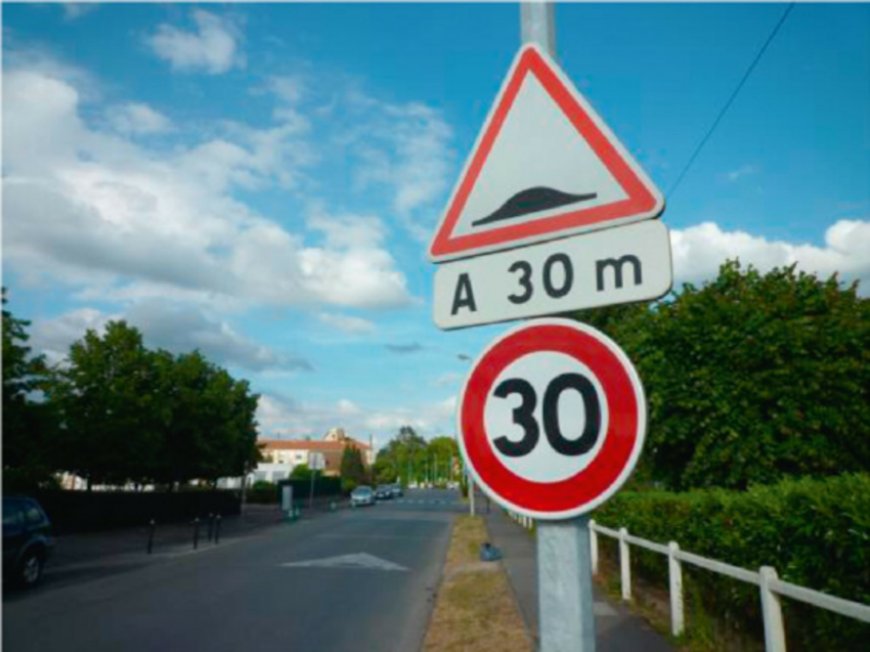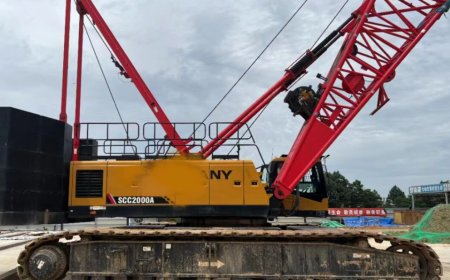Speed Limits and Road Safety: How They Protect You
Speed limits aren't just rules—they save lives. Learn how following them reduces accidents, improves control, and ensures everyone's safety on the road.

When driving on roads, safety should always be a priority. One of the most effective ways to ensure road safety is by adhering to speed limit road signs. These signs are not just regulatory; they are critical in preventing accidents and protecting lives.
In this article, we will explore the significance of speed limits and how road signs, including road work signs, contribute to a safer driving experience.
Understanding Speed Limit Road Signs
Speed limit road signs are an essential part of road infrastructure. These signs indicate the maximum speed at which drivers are allowed to travel on a specific section of the road. They serve as a guideline to ensure that vehicles move at a safe and manageable speed. These speed limits are set based on various factors such as road conditions, traffic flow, and accident history in the area.
The primary function of speed limit signs is to reduce the chances of accidents by keeping vehicles at speeds that are safe for the given conditions. By following these signs, drivers can avoid collisions and maintain better control of their vehicles, especially in areas where the risk of an accident is high.
Benefits of Speed Limits for Road Safety
Speed limits play a vital role in improving road safety. Here are the key benefits:
-
Reduced risk of accidents: When drivers adhere to speed limits, the chances of crashes decrease significantly. At higher speeds, losing control of the vehicle becomes more likely, increasing the risk of accidents.
-
Improved control: Lower speeds help drivers maintain better control of their vehicles, especially in difficult conditions like bad weather or heavy traffic.
-
Safer for pedestrians: Speed limits ensure that vehicles slow down in areas with high pedestrian activity, reducing the likelihood of accidents involving pedestrians.
-
Weather and road condition adjustments: Speed limits are important during poor weather conditions like rain or fog, where drivers are required to reduce speed to match road conditions and visibility.
In high-risk areas like sharp bends, intersections, or pedestrian crossings, speed limit road signs can be life-saving.
Road Work Sign - Ensuring Safe Driving in Construction Zones
As much as speed signs contribute to safety, road work signs are equally important in maintaining road safety. When construction work or maintenance is taking place, these signs alert drivers to slow down and pay attention to changes in the road layout. They warn drivers of potential hazards, such as workers on the road, uneven surfaces, or temporary traffic diversions.
Driving in construction zones requires extra caution. Road work signs are a reminder that the area is a work zone, where accidents are more likely to occur if drivers do not adjust their speed and awareness. Slowing down in these areas is crucial not only for the safety of the driver but also for the safety of road workers and other road users.
Conclusion
Traffic signs are vital for road safety. They guide drivers to stay within safe limits and alert them to potential hazards. By following these signs, drivers contribute to safer roads. Speed restrictions ensure safe driving, while construction signs warn of special conditions. These signs are essential in preventing accidents and saving lives. Always pay attention to road signs for your safety and others.































